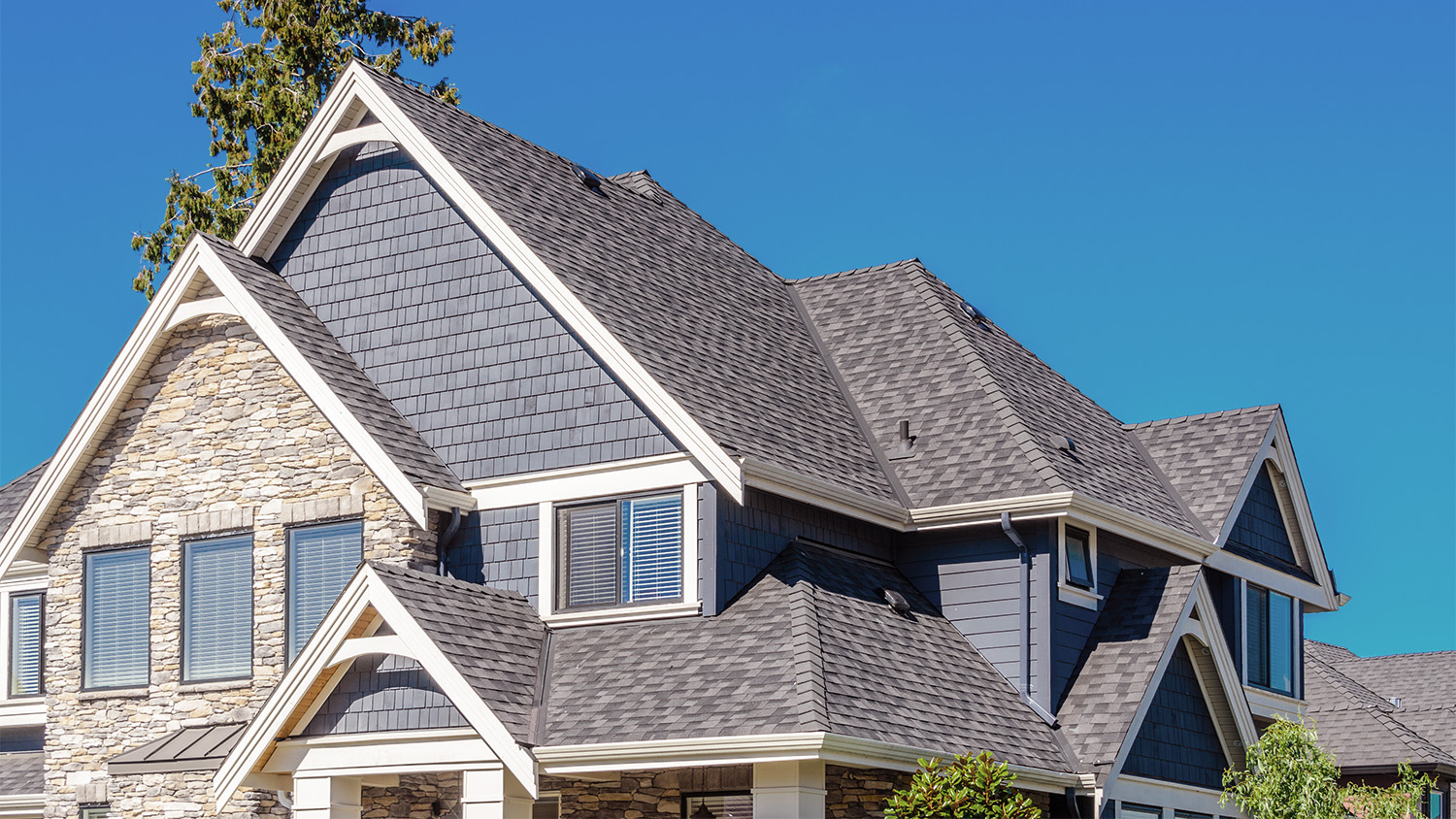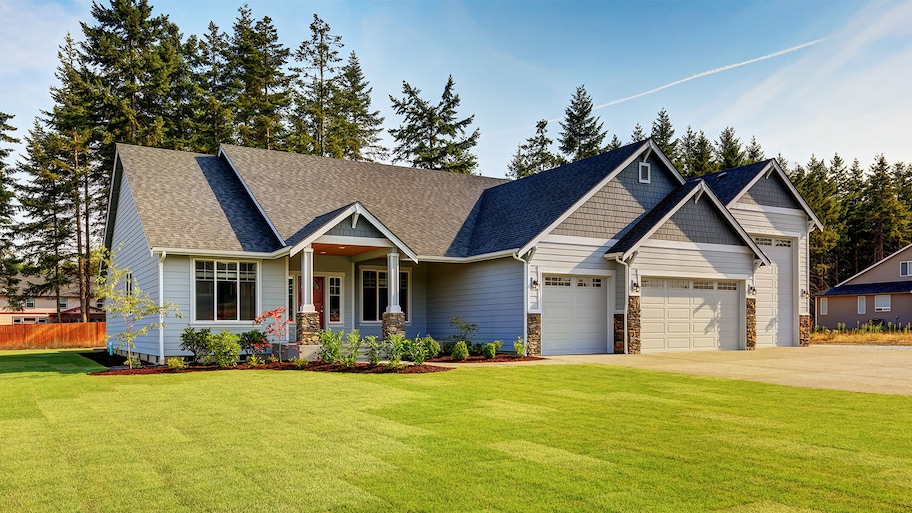Highlights
Hazard insurance is part of your home insurance policy.
The national average range for hazard insurance is $1,250 to $1,650.
Cost varies by location based on disaster risks in your area.
Most lenders will require hazard insurance to obtain a mortgage.
Depending on where you live, your home may be at risk of wildfires, powerful storms, or freezing winter weather. Hazard insurance is a component of homeowner’s insurance that covers your property against damage from these natural disasters and more.
Annual premiums vary by state from as low as $380 to as high as $4,240, but many factors impact your overall costs. Read on for more information about the cost of hazard insurance.
| National Average Cost | Minimum Cost | Maximum Cost |
|---|---|---|
| $1,320 | $380 | $4,240 |
Average Cost of Hazard Insurance Near You
Specific hazard insurance costs vary depending on where you live. The most common causes of loss differ in each state due to different risk levels for incidents, including wildfires, high winds, tornados, hurricanes, hail, snowfall, freezing temperatures, sewer backups, sinkholes, burglary, and vandalism.
Keep in mind that flooding and earthquake damage are typically not covered by standard homeowner’s insurance. Some insurance companies offer separate insurance policies if you need protection from either of these types of natural disasters. Flood insurance is also available through the National Flood Insurance Program.
Hawaii: $380
Oregon: $720
New York: $990
Michigan: $1,120
Rhode Island: $1,200
Florida: $1,360
Colorado: $1,660
Texas: $1,870
Nebraska: $2,820
Oklahoma: $3,520
How Much Does Hazard Insurance Cost by Coverage Amount?
A major component of a hazard insurance policy is dwelling coverage. The amount of dwelling coverage you need is typically equal to the cost to rebuild your home, which will vary depending on its size, features, and comparable home prices in your area. Dwelling coverage pays for damage to your home’s structure and attached structures like garages or carports.
The less dwelling coverage you need, the cheaper your annual hazard insurance premium will cost. Below are some common dwelling coverage limits and the national average premiums for each type.
| Dwelling Coverage Limit | Average Annual Premium |
|---|---|
| $150,000 | $900 |
| $250,000 | $1,320 |
| $350,000 | $1,730 |
| $450,000 | $2,150 |
Hazard Insurance Cost Factors
Hazard insurance makes up the bulk of the cost of a homeowner’s insurance policy. The overall cost will depend on several factors related to your home, including the following:
Home Size
The larger your home, the higher the potential cost to replace it if damage occurs. Larger homes also require a higher limit on your dwelling coverage, which increases your premiums.
Location
The risks to your home vary depending on where you live. For example, certain states may be at risk of wildfires, while others may be prone to flooding or major windstorms.
Home Age
Older homes influence hazard insurance costs in multiple ways. Companies may view aging homes as a higher risk due to their structural age, and they also may have features such as custom molding, plaster walls, and wood floors that may require specialists to replace if damaged.
Roof

The age and condition of your roof can increase the cost to insure your home since an older roof may not withstand storms as well as a newer one. Additionally, some roofing materials are more durable and resistant to damage or less expensive to replace, which could lower your premium.
Recreational Features
Some optional features, such as pools, jacuzzi tubs, and spas, can raise your home’s repair and replacement costs. These features can also create liability risks due to the possibility of injury.
Tips to Reduce the Cost of Hazard Insurance
There are many ways to potentially reduce your hazard insurance costs, some of which will vary based on the packages offered by different insurance providers. Here are some tips to help you save money on homeowner’s insurance:
Bundle your home insurance policy with an auto insurance policy under one carrier.
Shop around with different providers to compare home insurance quotes.
Ask your insurance provider if they offer any specific discounts.
Improve your credit score.
Work with an independent agent to help you find insurance coverage.
Make updates to your home’s structure or elevate your security.
Read your homeowner’s insurance policy to determine whether you’re over-covered.
You can also increase your home insurance deductible to lower your rate, but only do so if you are comfortable with paying more money out of pocket in the event of damage to your home.
Questions and Answers About Hazard Insurance
What is the difference between hazard insurance and homeowners insurance?
Hazard insurance is the part of your overall homeowners insurance policy that covers the structure of your home and other structures on your property, as well as any personal property within those structures. When a lender requires you to get hazard insurance for your new home purchase, they’re referring to a standard homeowner’s insurance policy.
Is hazard insurance required for a mortgage?
Yes, hazard insurance is typically required for a mortgage. Before a lender will extend a home loan, you’re usually required to get hazard coverage to help protect the investment against natural disasters and other covered losses. You may be required to pay for your coverage through an escrow account as part of your monthly mortgage payment.





